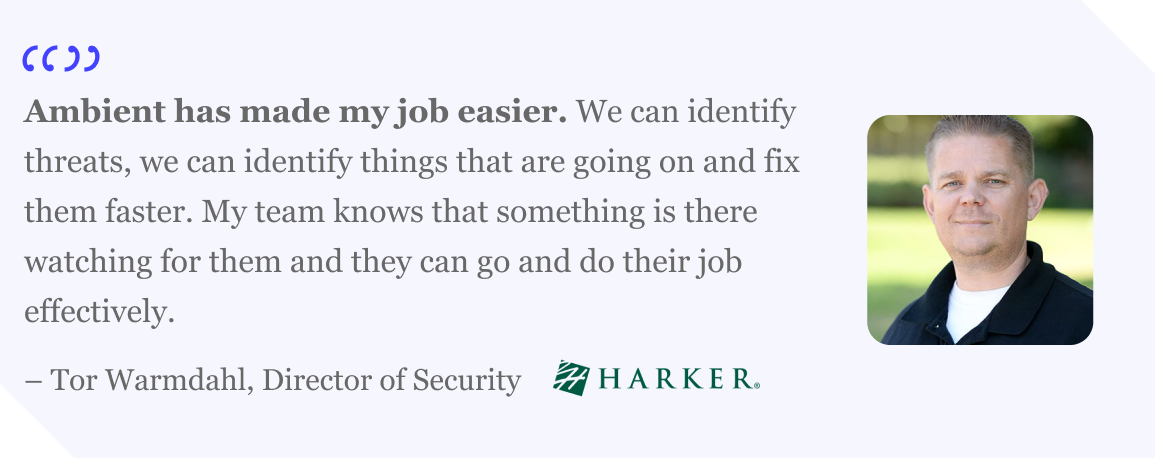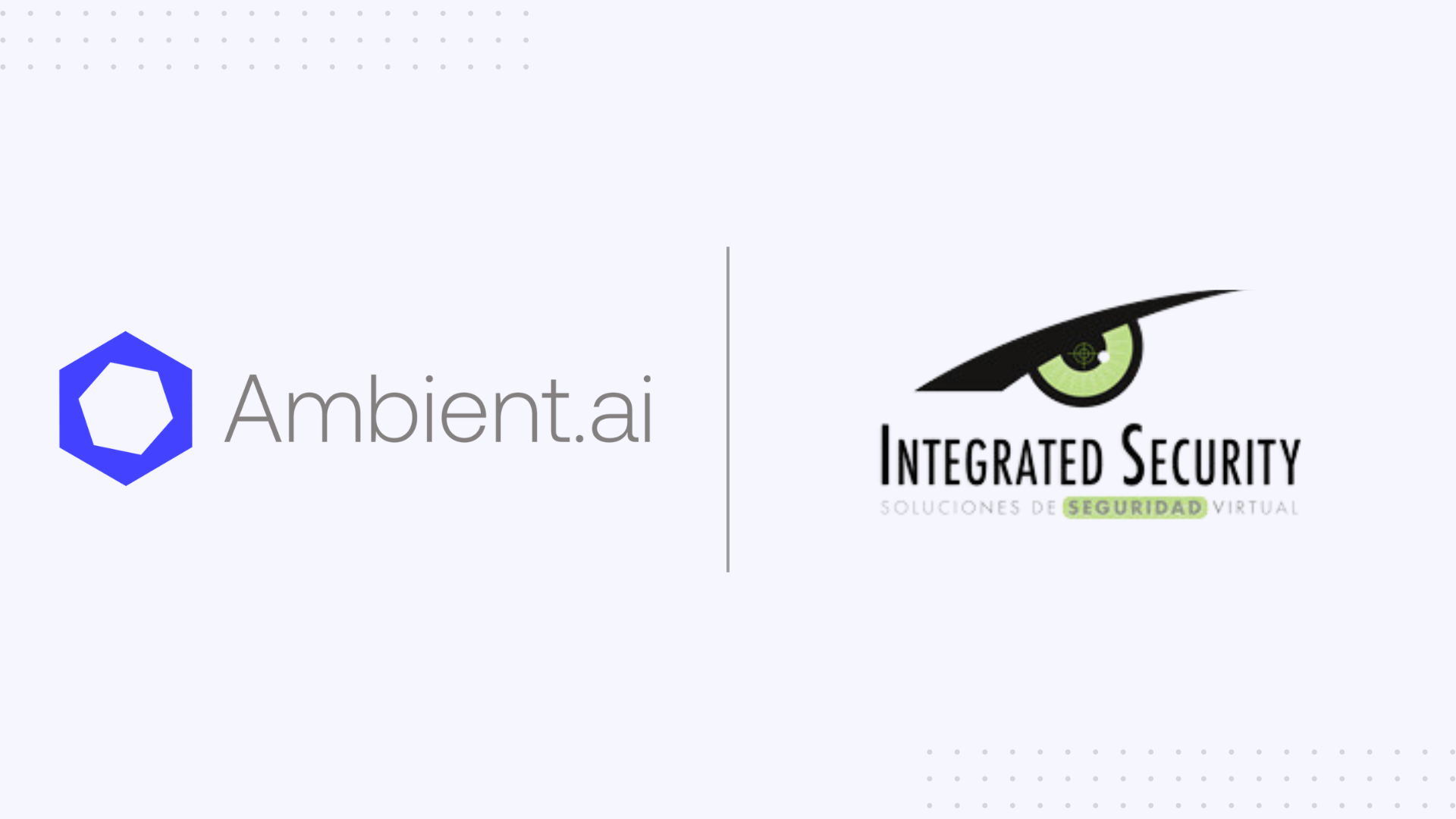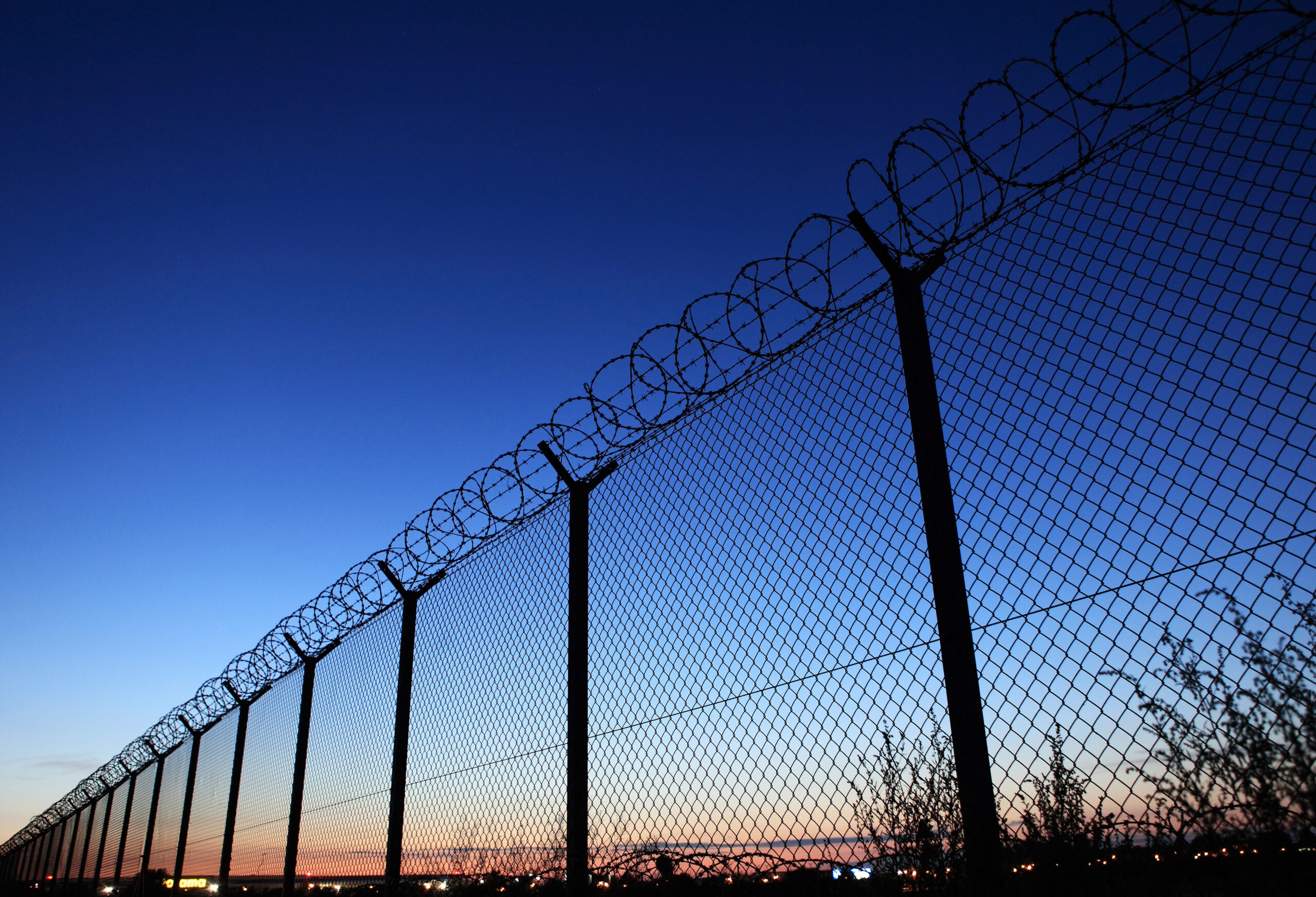This is the second blog in our series about AI’s impact on mitigating active shooter incidents.
- Read the first one about active shooter detection & prevention.
- Read the third one about investigating active shooter incidents.
Addressing active shooter incidents presents physical security teams with complex, formidable challenges. Protecting your community from the devastating impact of these events calls for a sophisticated response and decisive action — a careful balance of informed decision-making and speed.
Amidst the whirlwind of a rapidly unfolding crisis, your security team must quickly and accurately assess the situation, identify the shooter’s location and movements, and collaborate with first responders.
Yet, 60% of active shooter incidents end before police arrive, and less than 2% of active shooters are stopped by security guards. This represents a huge gap in active shooter mitigation, and a growing need to establish more effective measures for security teams to detect these events and for first responders to swiftly address them.
Within this high-stakes environment, every second counts. The window of time between detecting a threat and effectively responding to it is a race against the clock. Here, AI technology emerges as not just a solution but a lifeline to security teams tasked with responding to active shooter incidents.
We’ll explore how AI plays a vital role in masterfully coordinating and expediting active shooter responses, providing critical threat awareness as the situation evolves, and potentially saving lives in the process.
You need to conduct a rapid, proactive response. Here’s why:
During an active shooter incident, shots are fired every four to 15 seconds with a 50% to 70% hit rate. The sooner that first responders reach the perpetrator, the better the chance of preventing a devastating escalation. However, it isn’t that simple; the stark reality of responding to active shooter incidents is fraught with challenges.
Security personnel often find themselves locked into a reactive stance, unable to detect the warning signs of an incident until it is too late. Once first responders arrive on the scene, the absence of real-time updates on the perpetrator’s whereabouts can quickly unravel even the most comprehensive response strategy as time ticks away.
A timely, rapid, and well-coordinated response is crucial in mitigating the impact of shootings. AI-driven technology brings this response to fruition.
Vulnerabilities in traditional responses to active shootings
Each year, active shooter incidents claim the lives of hundreds of innocent people and leave thousands more wounded. In a disconcerting trend, the United States suffered more casualties from active shooter incidents in 2022 than it did in the four previous years.
Part of safeguarding your community from this grim threat involves analyzing your current approach for vulnerabilities and closing any gaps that might put your organization at risk.
Traditional responses to active shooter incidents are commonly impeded by several factors:
- Reactive detection & prevention: Before intruding into the building, the shooter might drive chaotically onto the scene, loiter outside, enter a restricted area, or brandish their weapon in the parking lot. When security teams overlook these precursors, they lose critical time in their response; first responders might not arrive until the incident has already escalated.
- Lack of real-time, contextual information: Once the security team detects the incident, supplying responders with a steady stream of real-time, contextualized information as the incident evolves is crucial. Without it, it’s incredibly difficult to coordinate an effective response and quickly direct personnel to the perpetrator.
- Overlooking other safety and security hazards: In the chaos of an active shooter incident, other safety and security hazards, such as a person falling and getting injured, often go overlooked. This oversight only adds to the disorder, making it even harder to evacuate people to safety. Plus, tracking the whereabouts of people hiding or fleeing becomes nearly impossible.
Despite the limitations of traditional methods, AI-driven technology emerges as the missing piece to a well-orchestrated active shooter response.

How AI improves responses to active shooter incidents
AI technology is a critical solution to address the shortcomings of traditional active shooter responses. While AI cannot always prevent shootings from transpiring, it nevertheless significantly enhances incident responses — and potentially saves lives in the process. Here’s how this works:
Response aided by proactive detection
Detecting early warning signs of active shooter incidents is crucial. It provides organizations with the invaluable time needed to initiate appropriate procedures, secure the affected area from the threat, and identify the location and movements of the perpetrator with precision.
Proactive threat detection is the foundation of a timely response and gives security teams a significant advantage. Without it, time slips away, the threat level of the situation increases, and teams must react after the incident escalates.
Ambient.ai’s AI-powered physical security platform leverages existing security cameras to continuously monitor for hard-to-spot behaviors that may be precursors for active shootings. After a threat is detected, the security team gets alerted immediately so that first responders can intervene — all before a gun is even spotted.
After you detect an incident, your subsequent response plays just as significant of a role in determining how much further the situation escalates and how much damage it inflicts. The following components add up to create an effective, AI-powered response.

Real-time, contextualized threat intelligence
Without real-time, contextual information, even the fastest response to an active shooter incident can veer off course. Confusion and disarray are all too common during the response phase, as evidenced by the Washington Navy Yard shooting in 2013.
Law enforcement arrived on the scene within minutes after the perpetrator started firing, yet the shooter ultimately remained in the building for over an hour. Authorities struggled to get accurate reporting as the situation unfolded; they were unsure about which building the shooting had taken place, and at one point thought that there was a second shooter.
But with AI, first responders have all of the information that they need to rapidly immobilize active shooters. Ambient automatically captures and shares contextualized alerts with corresponding surveillance footage to responders. The responders continue to receive these alerts as the incident transpires, empowered with vital context about perpetrators, weapons, locations, timing, and more.
Simultaneously address other safety & security issues
In the tumultuous setting of an active shooting, the time and resources of security personnel and first responders are often consumed by the singular objective of apprehending the perpetrator. While this is, without a doubt, the priority, it’s not the only task at hand.
As the gunman attempts to flee from first responders, other security and safety issues arise elsewhere on-site. This may include a person falling and needing medical attention, or a large group gathering in search of safety.
AI-driven technology enables security personnel to track all of these events as they unfold. Ambient detects both the perpetrator’s location and that of the victims and alerts the response team with visual verification so that they’re aware of all critical developments.
What your active shooter response is missing
With the growing threat of active shooter incidents, organizations must proactively fortify their security measures to protect their communities from gun-related violence. It’s an imperative that cannot be ignored.
AI technology is the missing layer in your active shooter response plan. Integrating AI into your physical security infrastructure enables your security team to expertly coordinate and expedite their response, safeguarding your community members from shootings.
Watch our on-demand webinar for expert insights on how AI can mitigate active shooting episodes and save lives.












